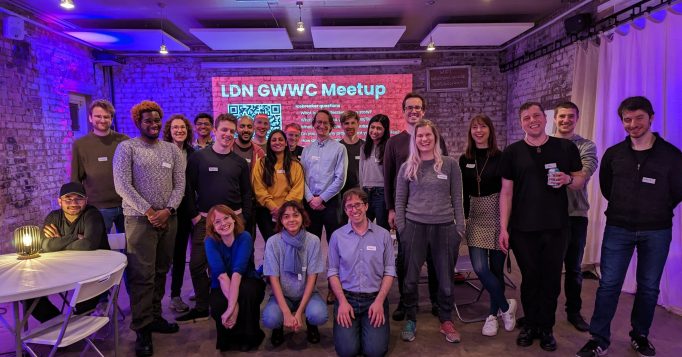*Official* Giving What We Can groups are back and we’re excited to kick off the new Giving What We Can London with our first official in person event. Arrive at Newspeak House any time from 6:30, at around 7 we’ll watch “The Future of EA relies on Effective Giving”, a recent talk by Grace Adams, Head of Marketing at Giving What We Can. The evening will also be a great chance to meet others interested in effective giving in a casual social setting. Feel free to drop in later on if you can’t make 7 or would prefer to join after the talk.
The event is open to anyone interested in Giving What We Can whether you have already signed a pledge or are curious about effective giving. Food won’t be provided but feel free to bring your own food and drinks.
If you would like to be emailed about similar events in future then please sign up to the London GWWC socials email list with this form: https://airtable.com/appzvWe8wO6JPGZJe/shrc5BbgbYSkvxm1A?prefill_Group=recd96EUYKf4pqe12
Thanks and hope to see you there!




Excited to see this! Hope you all have a great time! Go London!!